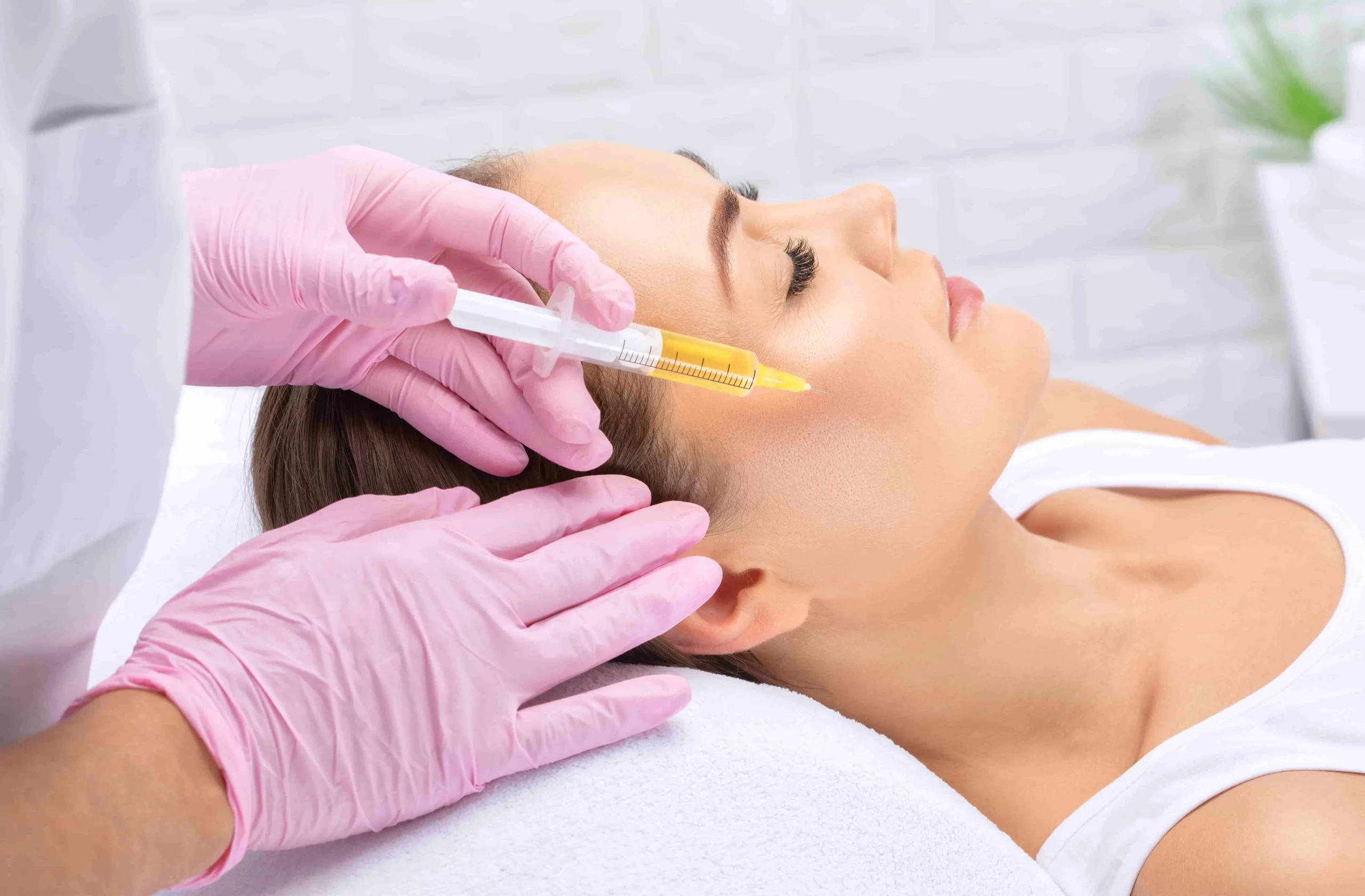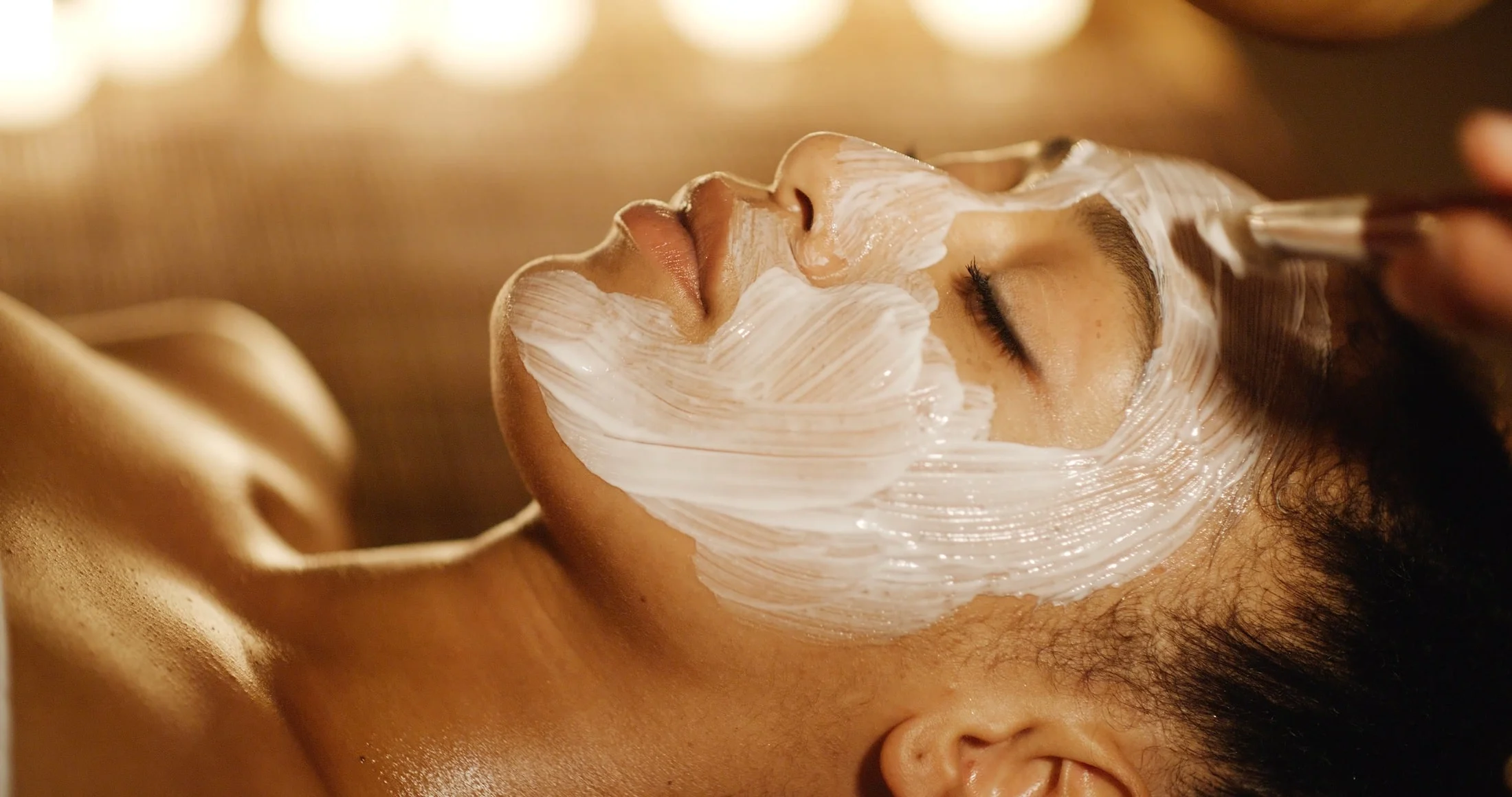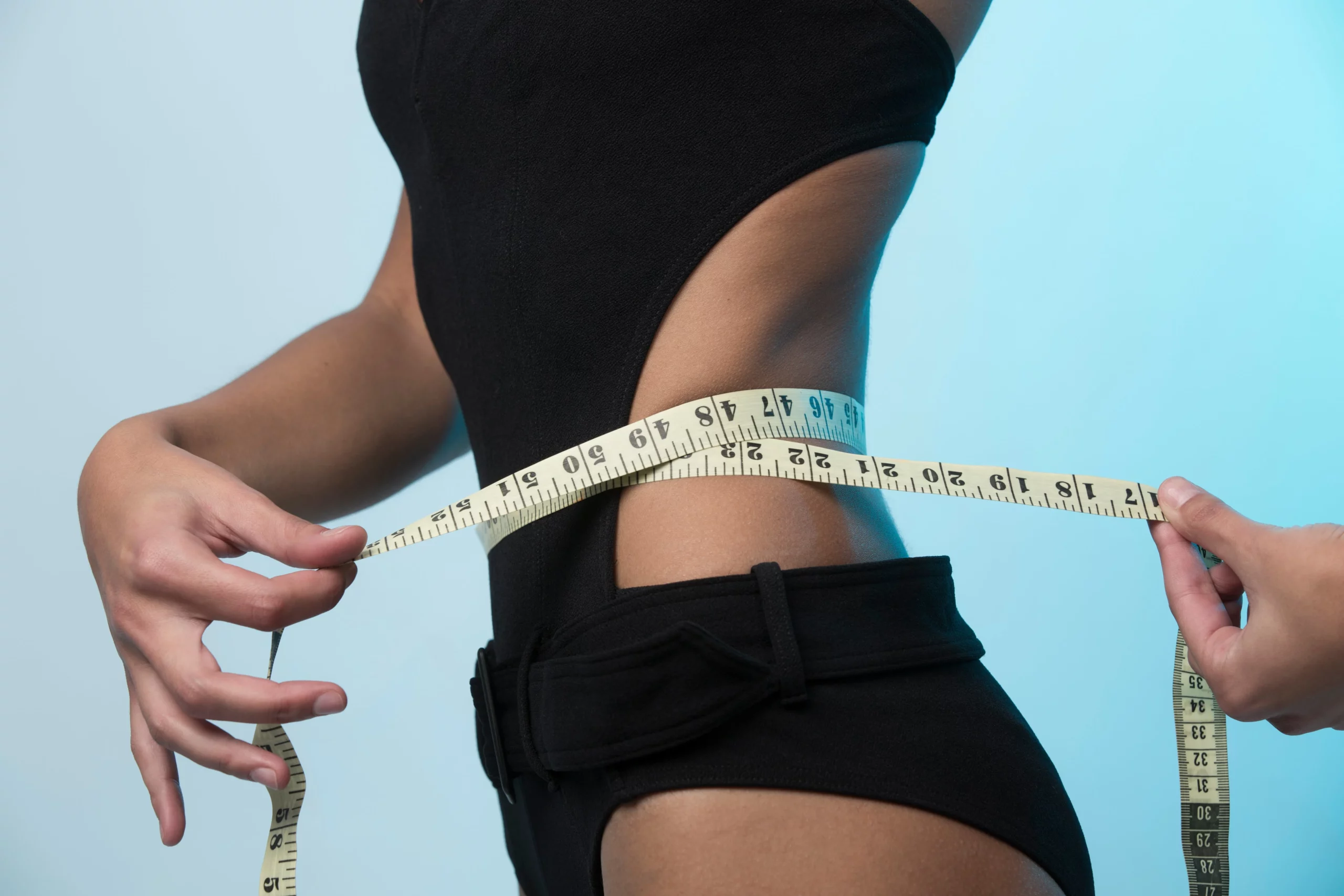Are you considering rhinoplasty? If you’ve been looking into addressing your nose’s shape, fixing an old injury, or improving your breathing, your rhinoplasty experience should start way before your rhinoplasty appointment. Get body-ready, set realistic expectations, and plan for a smooth recovery.
Partnering with an expert like Dr. Leonard Grossman, a Plastic Surgeon with over 25 years of experience and a reputation excellence and personalized care, makes your experience a whole lot easier. Proper preparation doesn’t just give you better results—it sets you up for a confident, informed approach to achieving the look and functionality you’ve been anticipating.
What Rhinoplasty Can Do for You
Rhinoplasty is all about creating facial balance. Whether you’re looking to smooth out a bump, lift the tip of your nose, or adjust the size and shape, the procedure can be tailored to your needs. And it’s not just about aesthetics—it can also fix structural problems that make breathing difficult.
Dr. Grossman specializes in creating results that look natural and fit seamlessly with your facial features. His techniques are carefully planned and precise, ensuring that every change enhances your overall appearance without looking “done.”
Who Should Consider Rhinoplasty?
Thinking about rhinoplasty? You might be a great candidate if:
- You’re unhappy with the size, shape, or angles of your nose.
- You’ve had nasal injury or trauma that altered its appearance.
- Breathing through your nose is complicated due to structural issues.
Healthy individuals who don’t smoke and have realistic expectations tend to have the best outcomes. If you’re much younger, it’s recommended to wait until your face has fully developed, typically a few years after reaching puberty.
Dr. Grossman personalizes treatment plans for each patient, ensuring their goals are met safely and effectively. He even offers non-surgical options like his innovative “Nose Job in a Bottle“ for those who want subtle enhancements without any surgery.
Getting Ready for Your Rhinoplasty
Preparation is your key to better procedure experience and recovery. Here’s a step-by-step guide to help you get ready.
1.) The Consultation
Here’s where it all starts. You’ll meet with Dr. Grossman to talk about your concerns, what you’re hoping to achieve, and find out how the procedure can help. Dr. Grossman will take a close look at your medical history, as well as your nose and overall facial structure, to create a plan that’s customized just for you. Now is your chance to ask any questions. Don’t hesitate to ask what the surgery experience will be like, how to handle recovery, or what the results will look like. If you have photos or drawings, bring them with you.
2.) Medical Prep
Once you’ve decided to go ahead with your procedure, there are a few health-related steps to take:
- Medical evaluation: This might include blood tests or imaging to assess your nasal structure.
- Medications and supplements: Avoid aspirin, ibuprofen, and herbal supplements two weeks before and after surgery since they can thin your blood and raise the chances of bleeding. Stick to what your surgeon recommends.
3.) Lifestyle Adjustments
To set yourself up for the best recovery:
- Quit smoking (if you smoke): Nicotine restricts blood flow and slows healing.
- Limit alcohol: Stop drinking 48 hours before surgery.
- Stay healthy: Focus on staying healthy by eating a balanced diet full of vitamins and minerals, and don’t forget to stay hydrated—it makes a big difference.
- Stop using weight loss medications at least 10 days prior.
4.) Plan Your Recovery
Plan ahead by arranging for someone to drive you home and stick around to help out for the first day. At home, set up a comfortable recovery spot with plenty of pillows, your favorite snacks, water, and any medications your doctor prescribes. Having everything ready like your favorite book or a remote control will make those first few days a lot easier and less stressful.
5.) The Day Before Surgery
The final stretch! Here’s what you’ll want to do:
- Stop eating and drinking before midnight (if instructed by your doctor). This is to ensure your safety during anesthesia.
- Take a shower and wash your hair, but skip the makeup, skincare products, or jewelry.
- Pick out loose, comfy clothes that don’t need to be pulled over your head.
What Happens During Surgery
Rhinoplasty can be performed using two main approaches:
- Open rhinoplasty: Involves a small incision under the nose for greater access.
- Closed rhinoplasty: All incisions are made inside the nose, leaving no visible scars.
Depending on your goals, Dr. Grossman might smooth bumps, lift the tip, or adjust the size or width of your nose. He uses advanced techniques to minimize discomfort and recovery time, eliminating the need for things like narcotics. Patients often find the process surprisingly manageable.
After Surgery: What to Expect
Recovery might seem like a daunting part of the process, but with the right care, you’ll heal comfortably and see results sooner. Dr. Grossman provides detailed post-op instructions, which may include:
- Resting: Avoid strenuous activities and heavy lifting for at least the first week.
- Taking medication as prescribed: No meds or over-the-counter pain relievers are often enough, but follow your doctor’s recommendations.
- Follow-up appointments: These are essential to monitor your healing and address any concerns.
Swelling and bruising are normal in the early stages but will fade over time. Most patients feel well enough to return to work or light activities after about a week.
Common Questions About Rhinoplasty
Can a nose job fix a broken nose?
Yes, it can. Even though it is recommended to take care of the nasal fracture as soon as possible, Rhinoplasty is often used to correct deformities caused by past injuries, restoring both appearance and function.
Will it change my voice?
Changes to your voice are rare but possible. If they occur, they’re usually subtle and temporary.
How long before I can work out again?
You’ll need to steer clear of any intense physical activity for at least two to three weeks. Light activities can often be resumed sooner, but check with your doctor.
What if I get a cold after surgery?
If this happens, let your surgeon know. They’ll guide you on managing symptoms without interfering with your recovery.
Will my sense of smell change?
Temporary changes are common due to swelling but typically resolve as you heal.
Long-Term Care and Maintenance
By following these guidelines and staying consistent with care, you can enjoy your new look for many years to come.
- Avoid Physical Impact: Even after healing, your nose remains more delicate than you might expect. Steer clear of any contact sports or activities that could risk facial injury. If you participate in high-impact sports, consider wearing protective gear.
- Protect Your Skin: The skin on and around your nose will be sensitive to sunlight, especially in the months following surgery. Always wear sunscreen with at least SPF 30, and consider a wide-brimmed hat or a cap when outdoors. Sun damage can affect healing and lead to discoloration of scars.
- Maintain a Healthy Lifestyle: Proper nutrition and hydration support skin health and promote long-term healing. Additionally, staying hydrated maintains elasticity and skin quality.
- Schedule Follow-Ups: Regular follow-ups with your surgeon, even years down the line, can help make sure your nose stays looking great and functioning well. These appointments are also a good chance to bring up any questions or concerns you might have.
- Avoid Smoking: Nicotine of any kind reduces circulation and slows healing which can affect the skin’s elasticity, potentially compromising the short and long-term appearance of your results.
Addressing Functional vs. Cosmetic Goals
If you’re looking to enhance your facial harmony or want to breathe easier, it helps to know how these goals can work together.
1.) Balancing Form and Function
A great rhinoplasty shouldn’t just change the nose’s aesthetic—it also helps ensure it works the way it should. For example, while adjusting the shape of the bridge or tip, your surgeon carefully preserves or even improves your ability to breathe. The result? A nose that looks great and functions just as well.
2.) Common Functional Concerns
Concerns like a deviated septum, nasal valve collapse, or chronic nasal obstruction can hamper breathing. Rhinoplasty corrects these problems by realigning structures or reinforcing weakened areas. This helps the quality of life—which is more than just aesthetics—with better sleep and easier breathing.
3.) Collaborative Goal-Setting
During your consultation, the surgeon will assess both cosmetic desires and functional needs. If you want to reshape the tip, correct asymmetry, or adjust internal structures, Dr. Grossman adjusts his work to your unique anatomy and lifestyle.
Takeaway
Your rhinoplasty surgery preparation maximizes your confidence and even offers your functionality. If you’re considering rhinoplasty to enhance facial harmony, correct breathing issues, or explore the different types of rhinoplasty available, working with an expert makes all the difference.
Dr. Leonard Grossman’s personalized approach, cutting-edge techniques, and dedication to natural-looking results have helped thousands of patients transform their aesthetics and lives.
Ready to take the first step? Schedule your rhinoplasty consultation today for your confident, balanced appearance. From rhinoplasty surgery to other procedures like Ear Reshaping in Brooklyn, NY, Dr. Grossman’s expertise and patient-focused care will guide you every step of the way.




